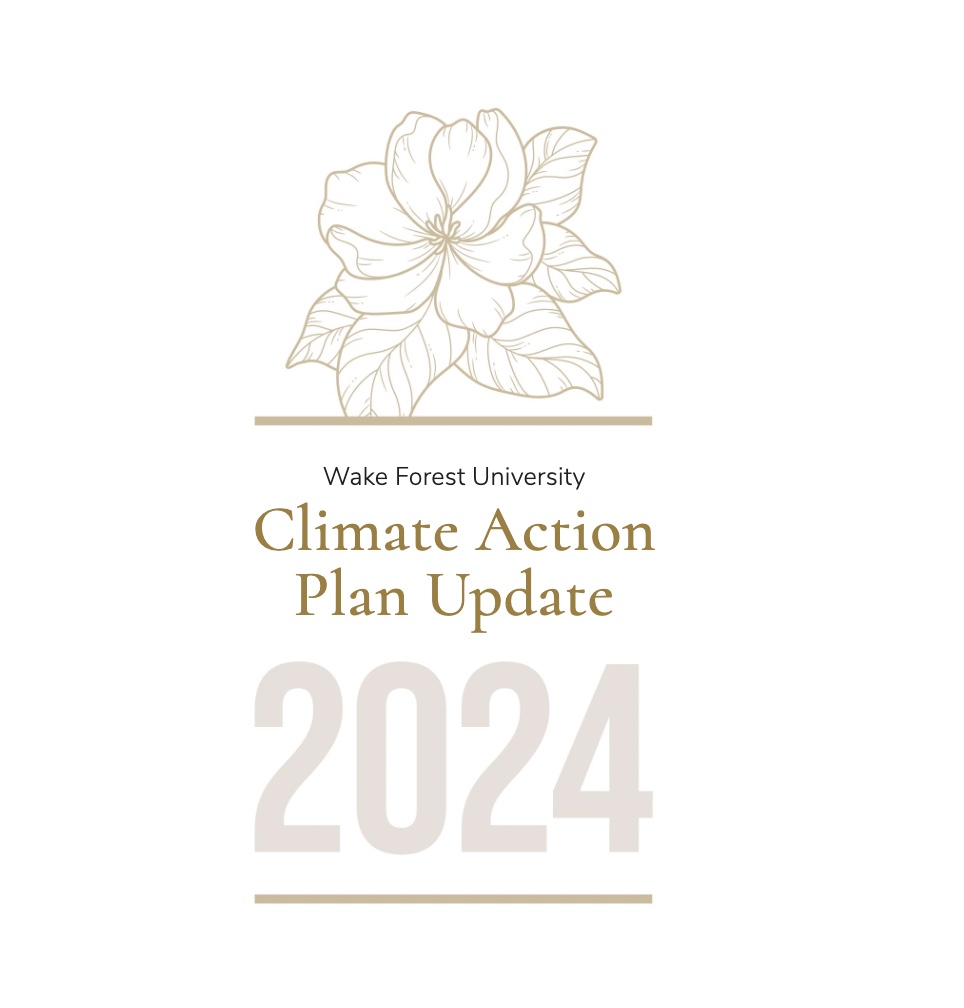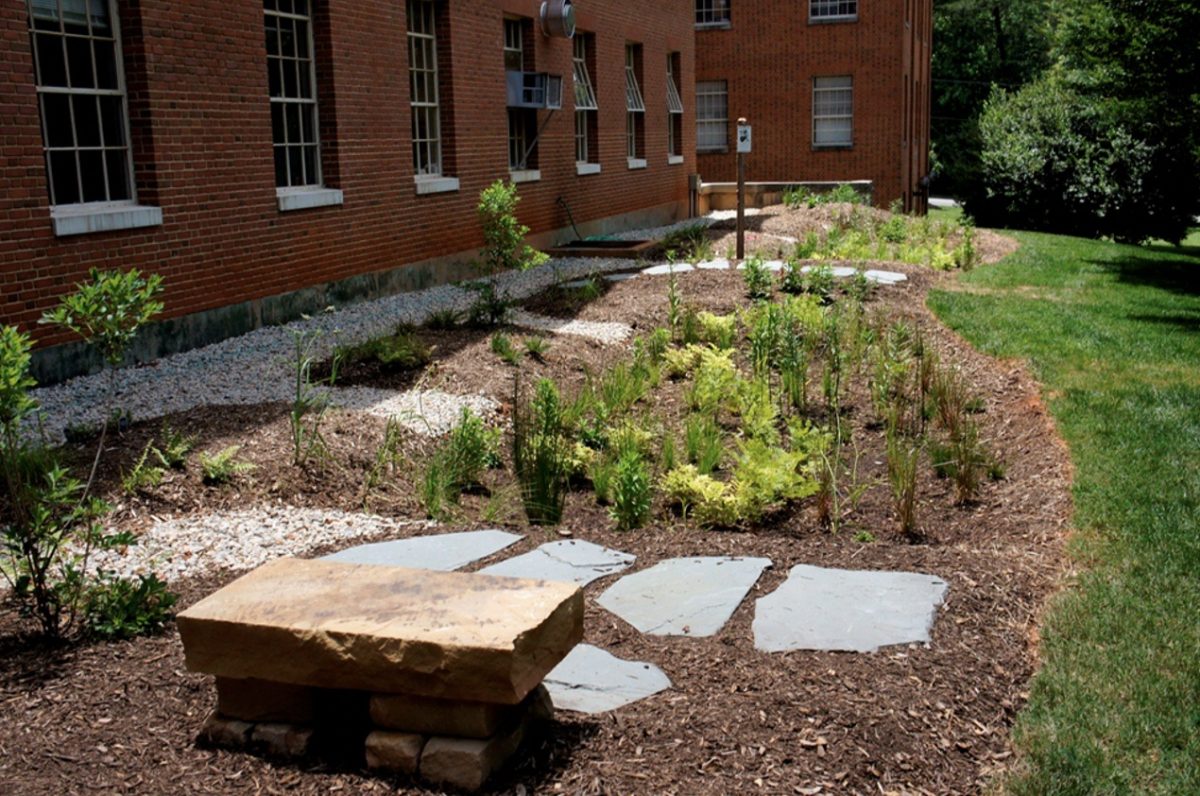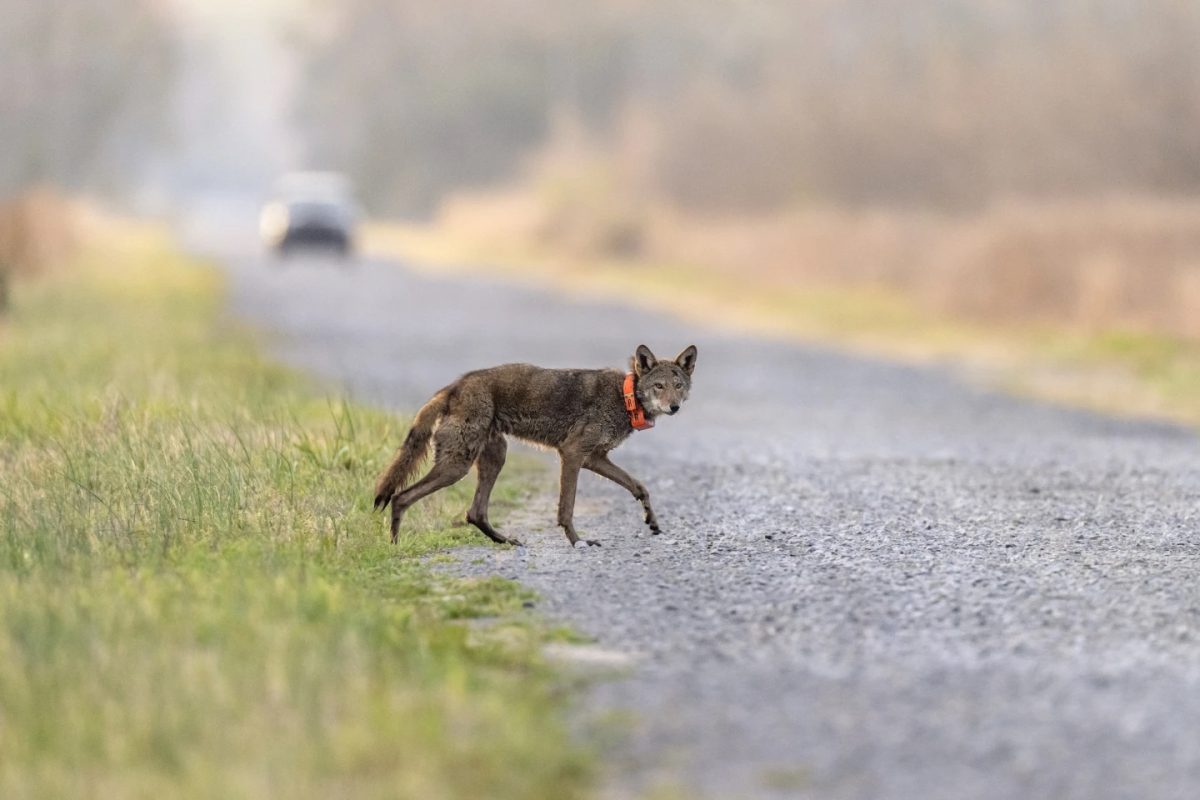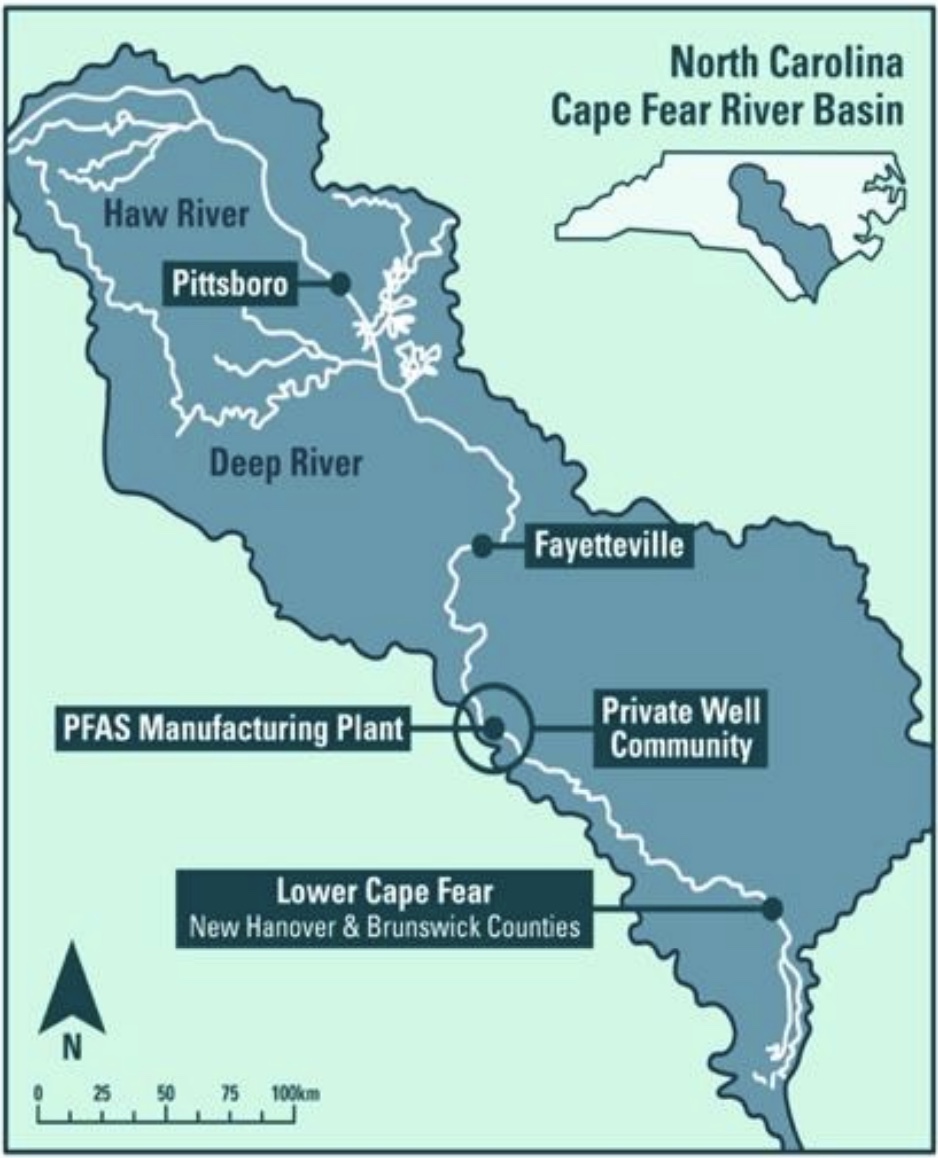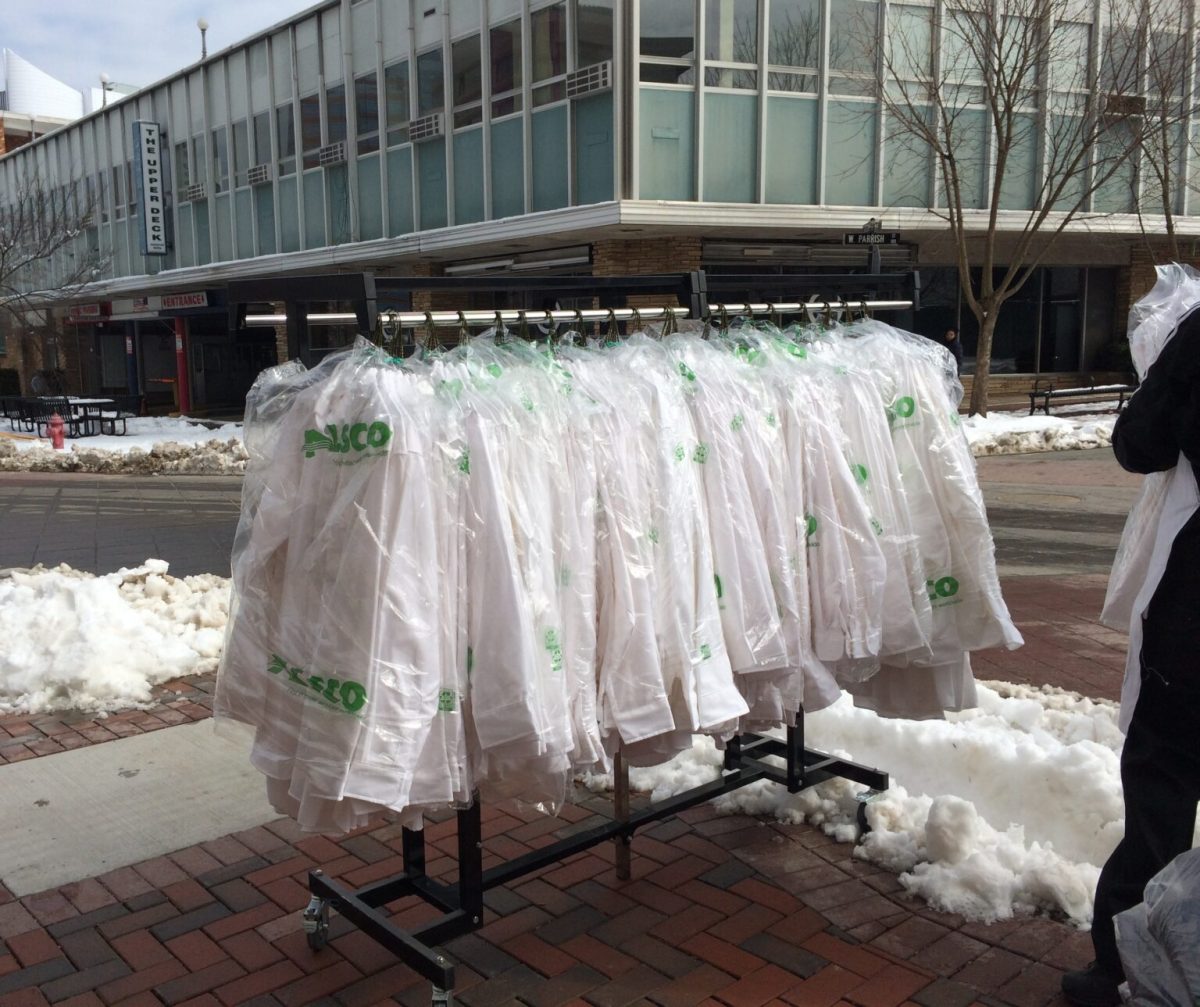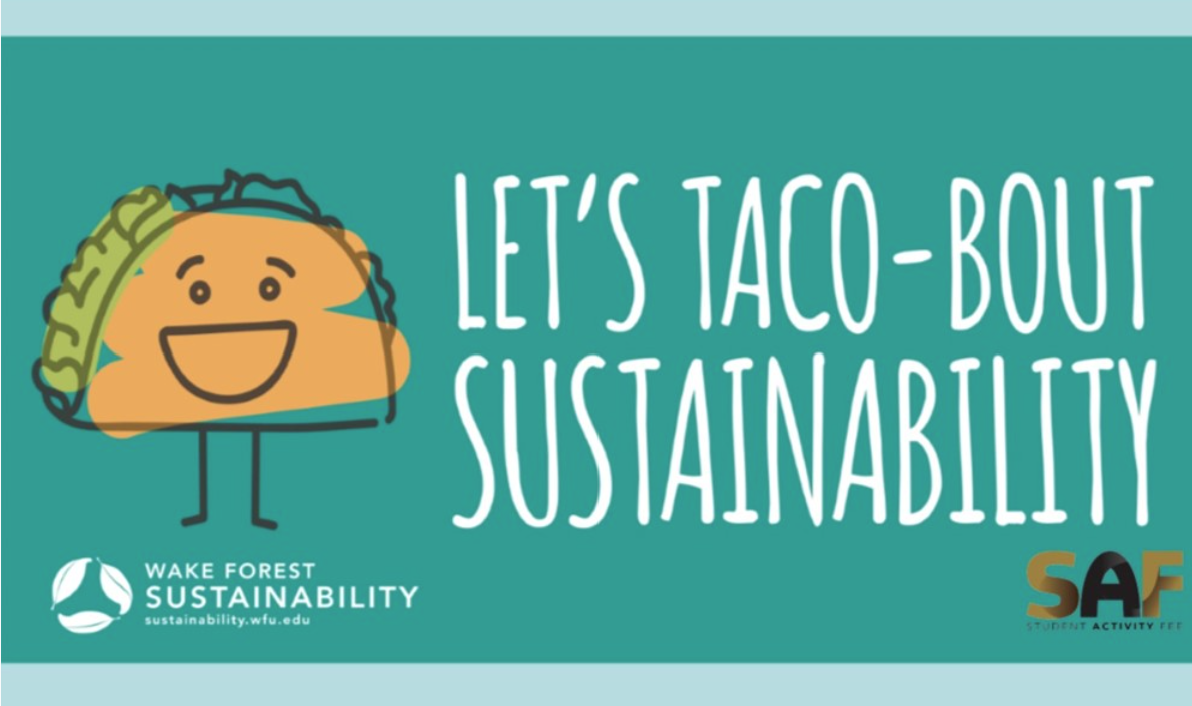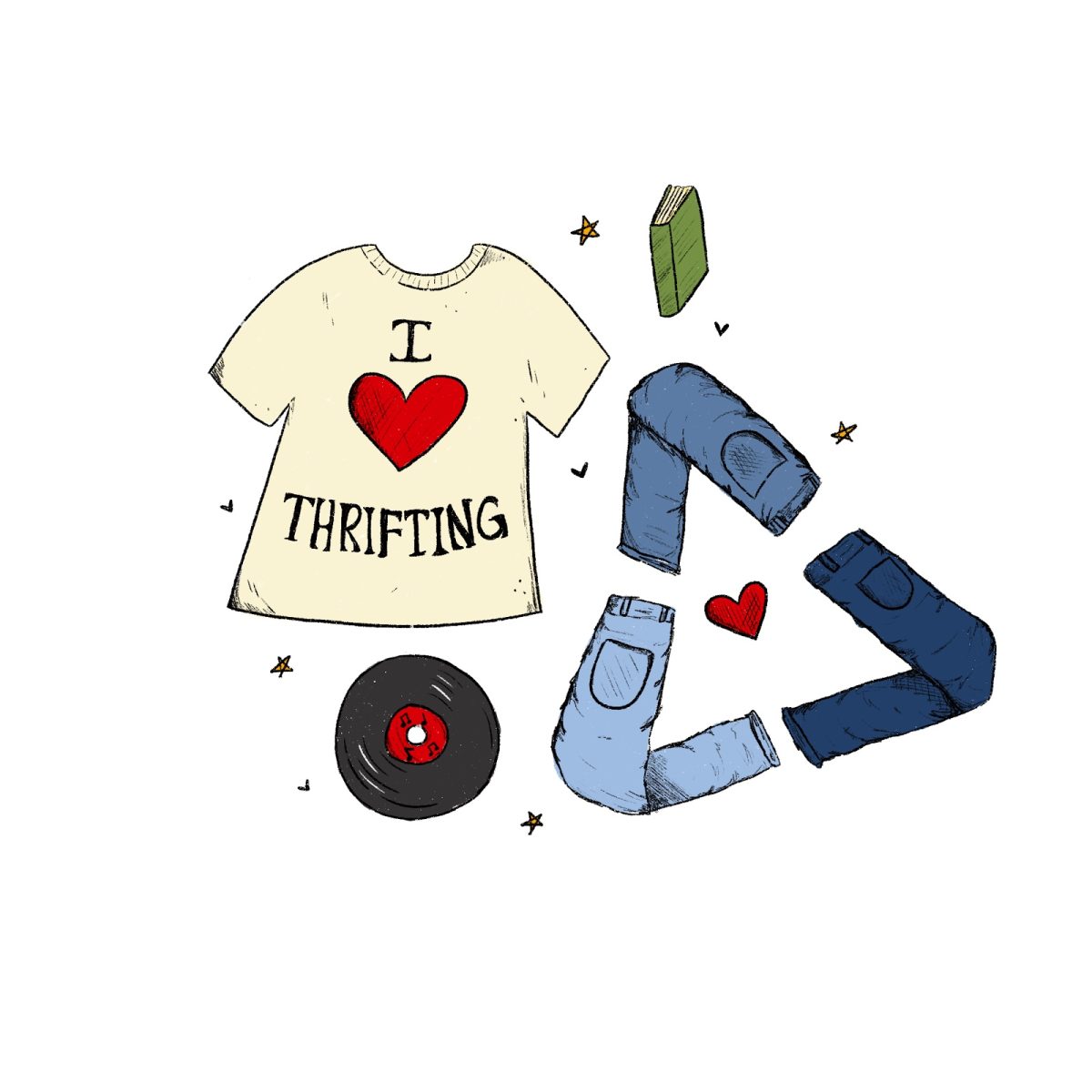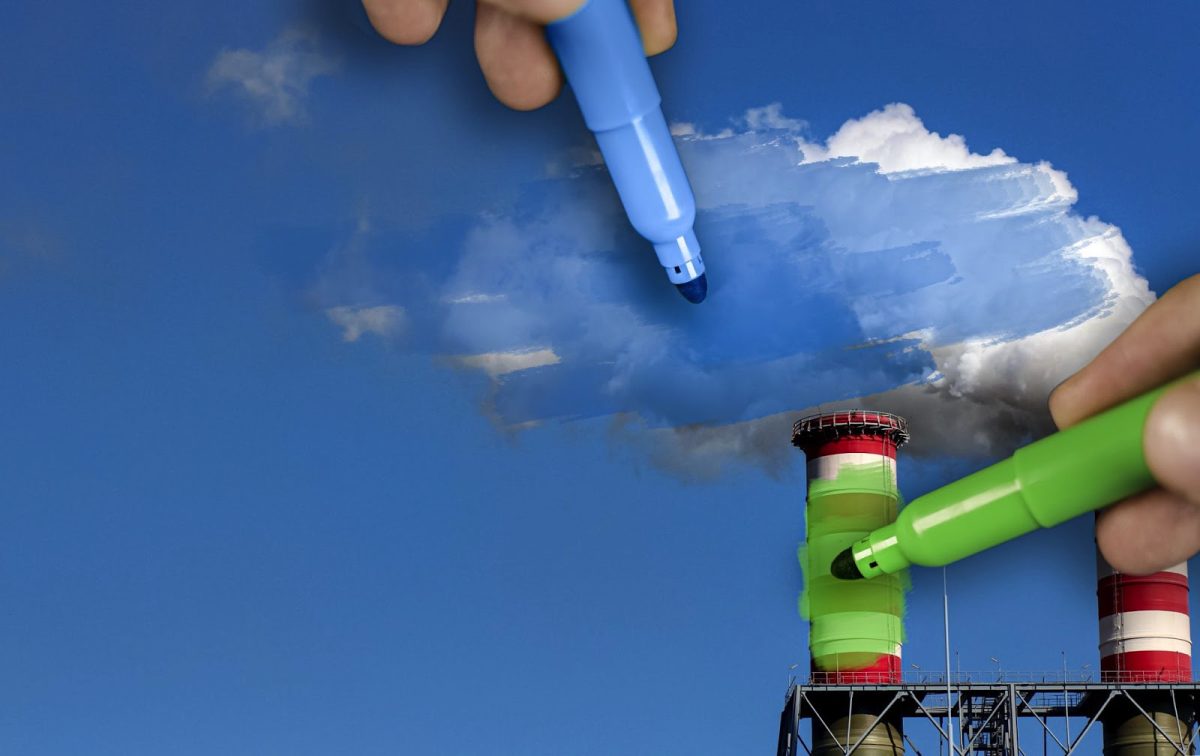Wake Forest is a leader in sustainability and is looking for new ways to advance its mission for a greener future. Nature is in their name, and the foliage-filled campus boasts the Reynolda grounds, which house several acres of forest, gardens, meadows and a new greenhouse.
Since establishing the Office of Sustainability in 2009, Wake Forest has enthusiastically engaged in the climate conversation. Although the school has made great strides towards sustainability, including implementation of solar panels on several buildings, composting efforts and plant-forward dining, there is always room for improvement.
Wake Forest recently released the 2024 Climate Action Plan Update — a 14-page document detailing the three-phase action plan the university plans to implement to reduce greenhouse gas emissions footprint to offset 100% of the campus’ electricity use by 2026. Furthermore, it aims to achieve climate neutrality by 2040. This would mean that the university would achieve net zero greenhouse gas emissions and then balance the remaining emissions with efforts to remove carbon from the atmosphere. The plan utilizes 15 years of data collected from different waste areas across the campus.
Wake Forest began tracking greenhouse gas emissions in 2010, choosing fiscal year 2007 as the baseline for which all future emissions and waste data would be measured. When asked why the university chose 2007 as the baseline year, Dedee DeLongpré Johnston, the vice president of sustainability and chief sustainability officer at Wake Forest, explained that the facilities team felt that 2007 provided the oldest but best and most complete information.
“We wanted to make sure we chose a baseline year that had a lot of integrity, and we have been measuring it consistently since then,” DeLongpré Johnston said.
The university’s emissions can be separated into two measurement scopes. Scope one covers on-campus sources of emissions, including Historical Reynolda (such as the Village, House and gardens) and The Graylyn Estate and other Wake Forest-owned real estate properties. Within this scope, the university measured natural gas, fuel oil, refrigerants and fertilizer emissions. For reference, scope one accounted for approximately 37% of all greenhouse gas emissions in 2023.
Scope two conversely, includes any electricity purchased from Duke Energy — the university’s energy provider — which is then used to power facilities on campus. In 2023, scope two energy accounted for 53% of the university’s greenhouse gas emissions. The remaining 10% of unaccounted emissions fall into scope 3, which results from third-party emissions that are involved in the Wake Forest “value chain.” However, the university cannot directly control these emissions; thus they are not included in the reduction action plan.
This climate action plan reviews the steps Wake Forest has taken towards sustainability since 2009. Important milestones include the 2012 Campus Sustainability Strategic Plan, the 2016 Building Performance Improvement Initiative, which led to a 19% decrease in emissions compared to the baseline from 2007 and an announcement in 2019 from Duke Energy , committing to carbon neutrality by 2050.
On Earth Day 2024, Wake Forest entered a Virtual Power Purchase Agreement that will implement a solar farm into the power grid that supplies energy to the university — a move that is estimated to cover 75% of the electricity needed to power the campus. Erin Stephens, the assistant director for sustainability strategy, explains how exciting this agreement is for the university.
“We are investing in the development, essentially, of a large-scale solar facility, which is equal to the estimated amount of our annual electricity use,” Stephens said. “That is a large-scale solution. We are adding renewable energy to the US power grid at large.”
As we consider this progress, we can also look towards the future and what steps the university plans to take next. The 2024 climate action plan establishes three phases through which Wake Forest will move towards its goal of carbon neutrality.
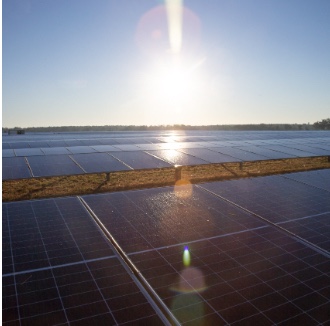
Phase one is referred to as “reduce.” This phase moves to reduce greenhouse gas emissions through steps such as efficiency measures within facilities and building renewal, which, on average, saves 50-75% of the materials and energy. By renewing existing buildings with low-flow bathroom technology, LED lights and new temperature regulation systems, energy efficiency can be increased by over 20% and water efficiency by 40%.
DeLongpré Johnston emphasizes the importance of efficiency, so most of the efforts thus far have been focused on this phase: “When you invest in efficiency, it doesn’t pay off immediately, but it sure does pay off in the long run.”
Phase two is known as “replace” and focuses on replacing current and renewable energy sources. In North Carolina, solar thermal energy is one of the most effective and attainable alternate energy sources, so the university intends to integrate a solar farm into the grid by 2026.
The university has already implemented this technology. The North Dining Hall and the University Activities Space are home to solar panel installations, and the freshman South Residence Hall has a solar thermal installation that supplies the building with hot water. As a part of this phase, Duke Energy has previously announced its commitment to net-zero carbon emissions by 2050, which aligns with the university’s neutrality goals by 2060.
The final phase, phase three, is called “offset.” In this phase, the university hopes to participate actively in activities that reduce or sequester carbon emissions. It would be nearly impossible for the university to replace all energy sources with renewable energy and to reduce all greenhouse gas emissions to zero. Therefore, the remaining greenhouse gas emission footprint must be offset by activities that work to remove carbon from the atmosphere. The university may choose to engage in this in several ways, and common activities include tree planting/reforestation efforts, protecting existing green spaces and renewable energy generation.
The office of sustainability hopes that this Action Plan and its goals will empower students in terms of literacy and career readiness.
“I hope this creates a learning template for students to understand and unpack… and facilitate literacy. I think [students] should have a baseline literacy. This means you can talk about this [climate action initiatives] in a job interview, or you can be a helpful strategic partner [or] employee wherever you go to work,” DeLongpré Johnston said.
Wake Forest has already made progress in reducing carbon emissions. The 2024 action plan recognizes this and will work to continue these positive changes through clear goal-setting and information to empower students and staff to achieve these goals.
“The important takeaway is it doesn’t happen in a silo,” Stephens said. “It happens through partnership. And that is what we are all about here at Wake Forest.”


